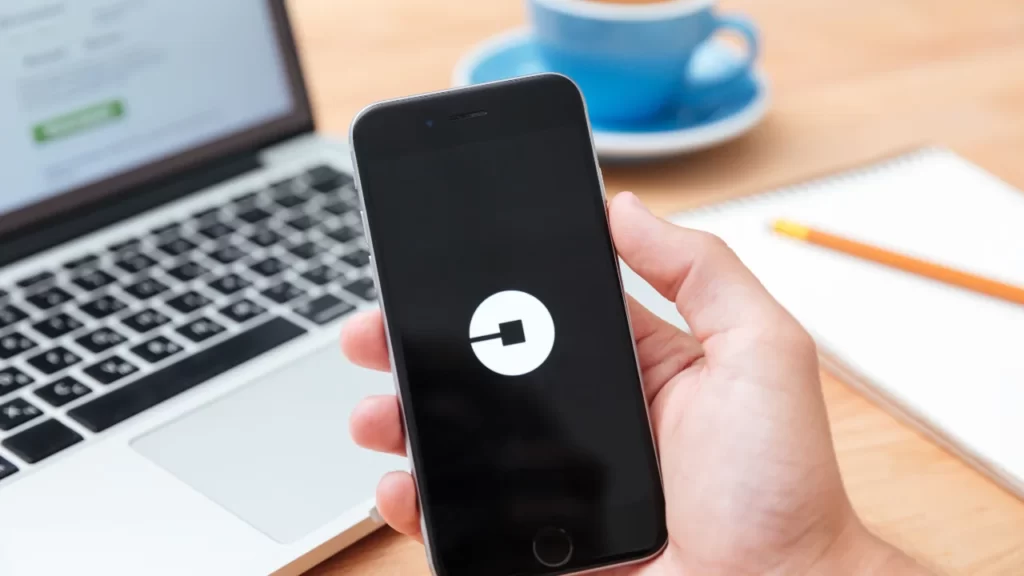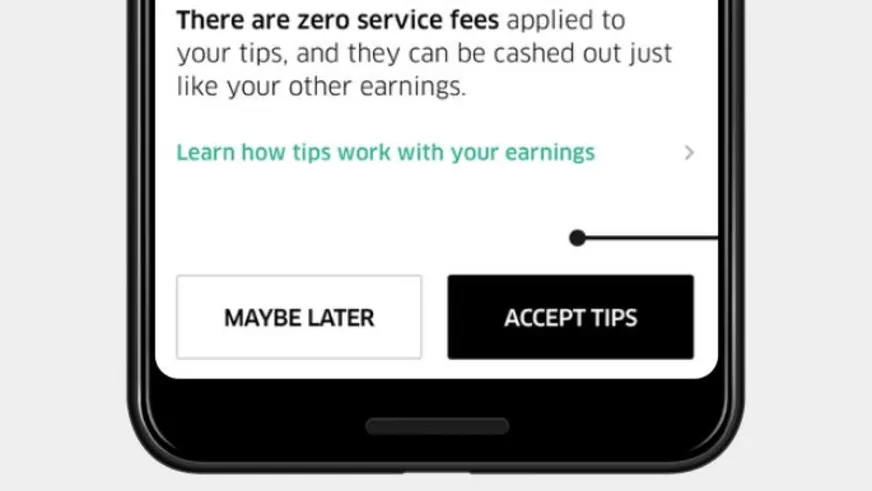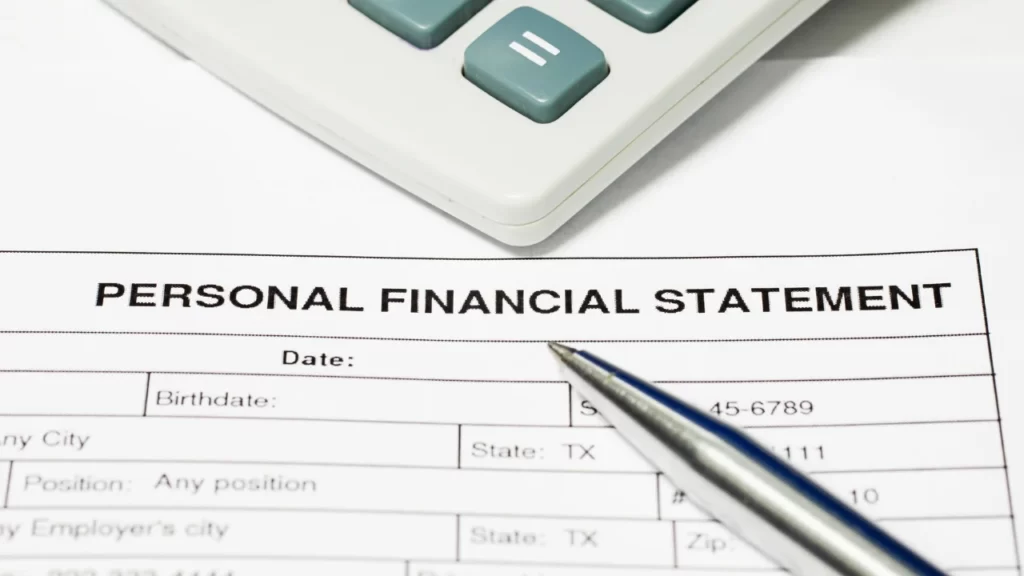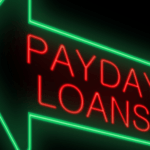If you’ve ever glanced at your bank statement and puzzled over unfamiliar charges labeled “UBER” or “UBER TECHNOLOGIES,” you’re not alone. The ubiquity of ride-sharing services like Uber has revolutionized urban transportation, but it has also introduced a layer of complexity to our financial records. Understanding how Uber transactions manifest on bank statements is vital for financial literacy and security. In this comprehensive guide, we’ll unravel the mysteries behind Uber charges, exploring their appearance on bank statements. The reasons behind them, security considerations, and steps to take in case of unauthorized transactions. Whether you’re a frequent Uber user or simply curious about the intricacies of modern payment systems. This article will provide valuable insights into how Uber Show Up in Bank Statements affect your financial landscape.
As we embark on this journey, we’ll delve into the nuances of Uber transactions, shedding light on the descriptors used, such as “UBER TRIP” or “UBER EATS,” and decoding the various elements that comprise a typical Uber charge. From ride payments to cancellation fees and additional charges. We’ll uncover the reasons behind the numbers on your bank statement, empowering you to navigate the financial terrain with confidence and clarity. So, buckle up as we embark on a voyage through the realm of Uber transactions. Where transparency, security, and consumer empowerment reign supreme.
Understanding how Uber Show Up in Bank Statements?

- What Are Uber Transactions?
Uber transactions encompass payments made for various services offered by the ride-sharing platform. Which includes rides, food delivery, and other on-demand services. These transactions are initiated through the Uber app and processed electronically.
- How Are Uber Transactions Processed?
The payment is processed through the app using the payment method linked to your account. Once a transaction is completed. it is reflected in your Uber account and subsequently appears on your bank statement. The processing time may vary depending on factors such as your bank’s processing speed and the payment method used.
Appearance on Bank Statements

- How Uber Appears on Bank Statements?
Uber charges typically appear with descriptors such as “UBER,” “UBER TECHNOLOGIES,” or “UBER BV” followed by additional details indicating the nature of the transaction, such as the date, time, and amount. It help users identify Uber transactions among other entries on their bank statements.
- Common Descriptors Used by Uber
- UBER TRIP – Indicates charges for rides.
- UBER EATS – Denotes charges for food delivery services.
- UBER BV – Refers to charges for Uber services in certain regions.
Reasons for Uber Charges

- Ride Payments
The most common reason for Uber charges on bank statements is payments for rides taken using the Uber app. These charges include the base fare, distance traveled, and any applicable surcharges or taxes.
- Cancellation Fees
In cases where a ride is canceled after a certain period or under specific conditions. Uber may apply cancellation fees. Which are reflected in the bank statement. Cancellation fees are intended to compensate drivers for their time and effort.
- Additional Charges (Tolls, Surcharges, etc.)
Additional charges, such as tolls, surcharges, or other fees incurred during the trip. May also be included in Uber transactions. These charges are calculated based on factors such as toll booth fees, airport surcharges, or peak-hour pricing.
Security and Privacy Concerns

- Confidentiality of Personal Information
Uber prioritizes the confidentiality of user information and employs stringent security measures to safeguard personal and financial data.
- Ensuring Secure Transactions
To ensure secure transactions, Uber implements encryption protocols and regularly updates its security infrastructure to mitigate potential risks. Additionally, users can enable features such as two-factor authentication and biometric verification to enhance account security and prevent unauthorized access.
How to Identify Legitimate Uber Charges in Uber Show Up in Bank Statements?
- Checking Trip History
Reviewing your trip history within the Uber app allows you to verify the legitimacy of charges appearing on your bank statement. The trip history provides detailed information about past rides, including the date, time, pickup location, drop-off location, and fare amount.
- Verifying Payment Method
Confirm that the payment method linked to your Uber account matches the one listed on your bank statement to avoid confusion or unauthorized charges. You can view and manage your payment methods within the Uber app’s settings to ensure accuracy and security.
Dealing with Uber Unauthorized Charges Show Up in Bank Statements?
- Steps to Take If You Spot Suspicious Charges
If you identify unauthorized charges from Uber on your bank statement. Promptly notify your bank and report the issue to Uber’s customer support for resolution. Banks typically have procedures in place to investigate fraudulent transactions and may issue refunds or block further unauthorized charges.
- Contacting Uber Support
Uber provides dedicated customer support channels to assist users in addressing billing discrepancies or unauthorized charges promptly. You can contact Uber support through the app or website to report suspicious activity, request refunds, or seek assistance with account security issues.
Tips for Managing Uber Show Up in Bank Statements

- Setting Up Notifications
Enabling notifications for transactions and account activities in the Uber app helps you stay informed about any charges made using your account. Notifications can alert you to new trip confirmations, fare adjustments, or payment updates, allowing you to monitor your account in real time.
- Regularly Reviewing Bank Statements
Regularly reviewing your bank statements allows you to promptly identify any unauthorized or suspicious charges and take appropriate action. Set aside time each month to review your statements carefully, noting any unfamiliar transactions or discrepancies that may require further investigation.
- Utilizing Payment Protection Features
Take advantage of payment protection features offered by your bank or credit card issuer to safeguard against fraudulent transactions. Many banks offer services such as fraud monitoring, purchase protection, and zero-liability guarantees to help mitigate the financial impact of unauthorized charges.
Consumer Rights and Protections
- Understanding Chargeback Policies
Familiarize yourself with your bank’s chargeback policies, which allow you to dispute unauthorized charges and seek refunds. Chargebacks are a form of consumer protection that enables you to request a refund from your bank.
- Seeking Refunds for Unauthorized Charges
In cases of unauthorized charges, you have the right to request refunds from Uber and your bank. Subject to their respective policies and procedures. Contact Uber’s customer support to report the unauthorized transaction initiate the refund process, and follow up with your bank to ensure timely resolution.
Legal Implications
- Uber’s Responsibility in Ensuring Transparent Billing
As a service provider, Uber must adhere to consumer protection laws and regulatory guidelines governing billing practices to ensure fair and ethical treatment of its users.
- Regulatory Compliance and Consumer Rights
Uber operates in compliance with local regulations and consumer rights laws in each market where it operates. This includes adhering to pricing transparency requirements, providing accurate billing statements, and upholding consumer privacy rights related to financial transactions.
Educational Resources
- Accessing Uber’s Help Center
Uber’s Help Center provides comprehensive resources and FAQs addressing billing-related inquiries and concerns. You can access the Help Center through the Uber app or website to find answers to common questions, troubleshoot issues, and learn more about billing and payment processes.
- Exploring FAQs Related to Billing and Payments
Browse through Uber’s FAQs to find answers to common questions regarding billing, payment methods, and transaction security. The FAQs cover topics such as payment options, fare estimates, refund policies, and account security measures. Which provides valuable information for users seeking clarification or assistance with billing-related issues.
Additional Insights and Considerations
- Transparency in Pricing
Uber strives to maintain transparency in its pricing structure by providing users with upfront fare estimates and detailed trip receipts. This transparency helps users understand the cost of their trips and identify any discrepancies in billing.
- International Transactions
For users traveling internationally or using Uber services in different countries. It’s essential to be aware of currency conversion rates and potential foreign transaction fees that may apply. Uber charges may appear differently on bank statements depending on the currency used and the location of the transaction.
- Data Privacy and Security Measures
In addition to encryption and authentication protocols, Uber continuously invests in data privacy and security measures to protect user information. These measures include regular security audits, employee training programs, and partnerships with cybersecurity experts to identify and address potential vulnerabilities.
- Community Guidelines and Accountability
Uber enforces community guidelines and standards of conduct to ensure the safety and security of its platform.
- Future Trends and Developments
As technology and regulations evolve, Uber continues to innovate and adapt its payment systems to meet changing consumer needs and regulatory requirements. Future developments may include enhanced security features, expanded payment options, and improved transparency in billing practices to further enhance user trust and confidence.
FAQs
- How long does it take for Uber charges to appear on a bank statement?
Uber charges typically appear on bank statements within a few hours to a few days after the transaction is completed. However, the exact timing may vary depending on factors such as bank processing times and the payment method used. - Can Uber charges appear differently depending on the country or region?
Yes, Uber charges may appear differently on bank statements depending on the country or region. Where the services are rendered. Local currency conversion rates, regulatory requirements, and regional billing practices. - What should I do if I don’t recognize a charge from Uber on my bank statement?
If you encounter a charge from Uber that you don’t recognize, it’s essential to investigate the transaction promptly. Contact your bank to inquire about the charge and verify its legitimacy. - Are there any hidden fees associated with Uber transactions?
While Uber strives to maintain transparency in its pricing structure. These fees could include tolls, surcharges, booking fees, or other charges not included in the upfront fare estimate. Reviewing the trip details and fare breakdown in the Uber app can help you identify any additional fees before confirming the ride. - Is it safe to link my bank account or credit card to Uber for payments?
Uber prioritizes the security of user information and employs robust measures to protect personal and financial data. However, as with any online transaction.
Conclusion
In conclusion, understanding how Uber transactions appear on bank statements is not just a matter of financial housekeeping. It’s a crucial aspect of modern-day financial literacy. By unraveling the complexities of Uber charges and shedding light on the mechanisms behind them. This article aims to empower users to navigate their financial records with confidence and clarity.
Whether it’s verifying legitimate transactions, identifying unauthorized charges, or implementing security measures to safeguard personal information. Knowledge is the key to ensuring a seamless and secure experience in the digital age of transportation services. As technology continues to evolve and reshape the way we interact with the world around us, staying informed and proactive in managing our finances remains paramount, and understanding how Uber shows up on the bank statement is just one piece of the puzzle in this ever-changing landscape.















